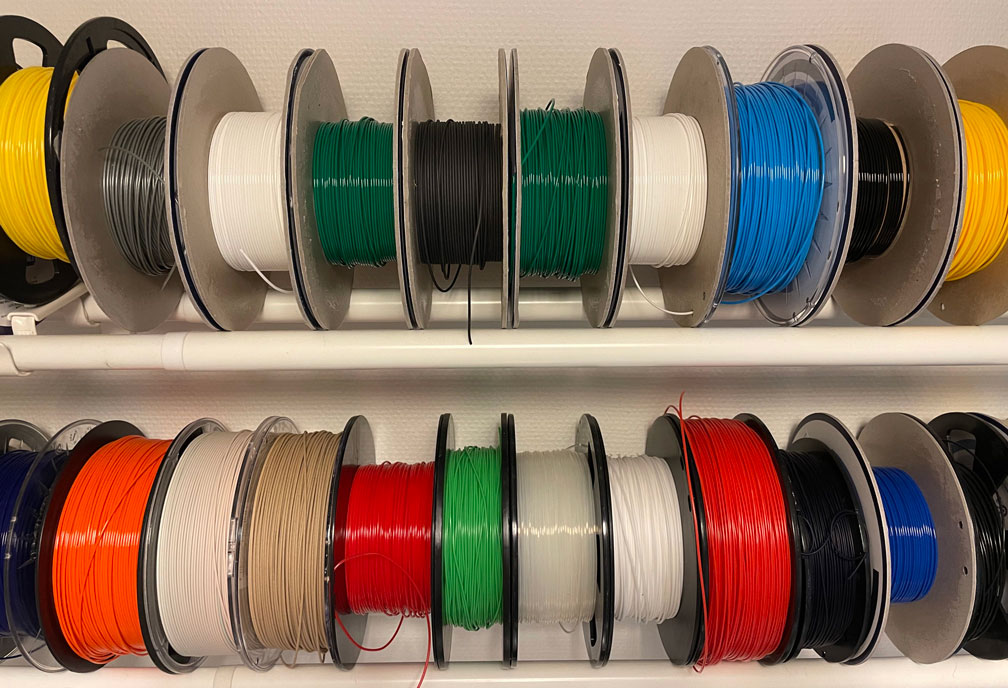Getting a 3D printer opens up endless opportunities, whether it’s for fun or serious projects, 3D printing filament is essential.
While a great variety of options exists, what are the various kinds of 3D printer filaments, and when should they be chosen?
To help you find the right materials, in this article we introduce four very common 3D printing materials and guide you on when and how to use them.
PLA
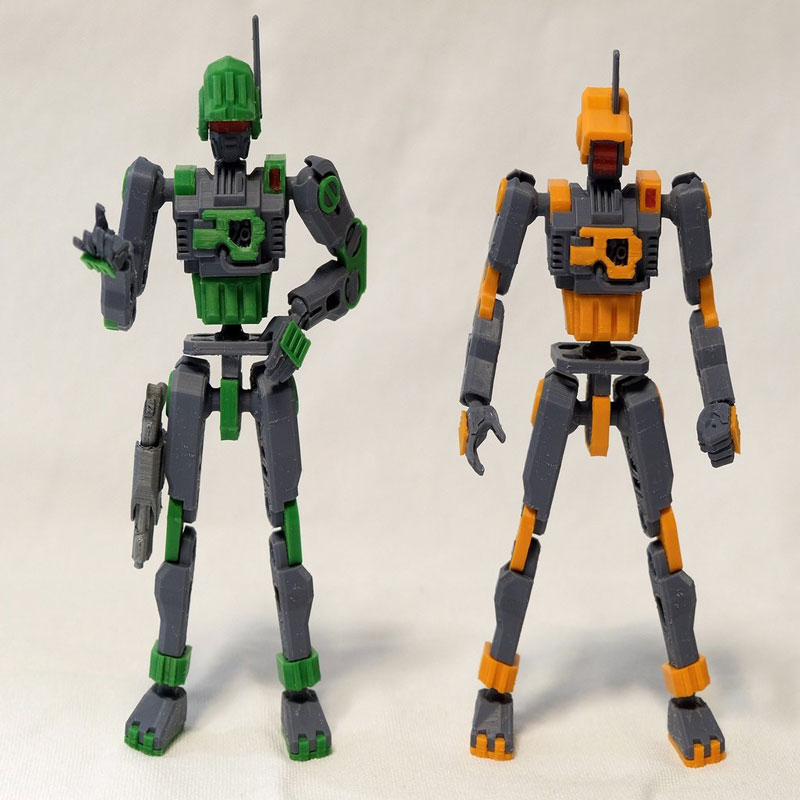
Polylactic acid (PLA) is probably the most popular type of 3D printing filament because of its favorable properties. It is considered a medium-strength and low-flexibility material that is easy to print with. It has a lower printing temperature than ABS and it doesn’t warp as easily, a heated print bed isn’t necessary but certainly improves the result.
PLA doesn’t emit an odor during printing, unlike ABS.
Print temperature: 180 – 230 °C
Print bed temperature: 20 – 70 °C (but not needed)
When to use it?
PLA can be used for a great variety of applications. It is a great choice for everyday 3D printing, especially if you are just starting with 3D printing as it is easy to print with and not expensive.
PLA is brittle, so avoid using it for parts that need to withstand bending, dropping, other mechanical resistance or high temperatures. PLA deforms around 60 °C or higher.
Common prints are models and prototype parts.
ABS
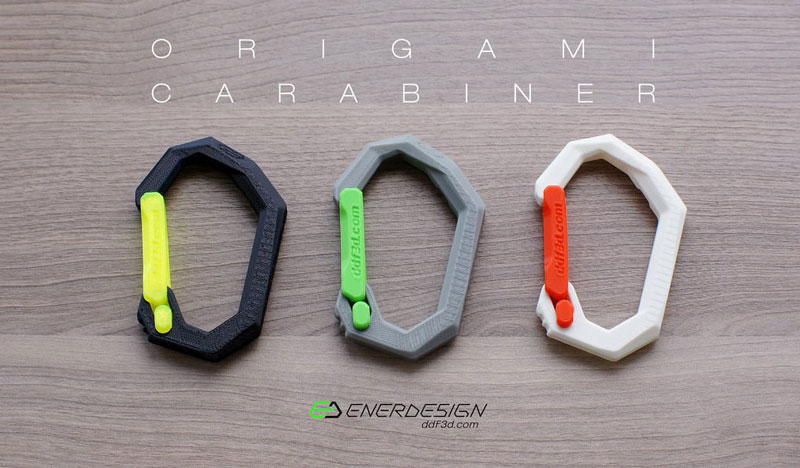
Acrylonitrile butadiene styrene (ABS) is a stronger material in terms of mechanical properties compared to PLA, however, it is more difficult to print with. They tend to warp without a hot print bed and bed adhesive. It is less prone to oozing and stringing, resulting in a smoother surface. ABS emits a slight odor during printing so make sure there is good ventilation in the room.
Print temperature: 210 – 250 °C
Print bed temperature: 80 – 110 °C
When to use it?
ABS is a great choice for parts that are required to be tough and impact-resistant. You can print durable parts at a low cost. ABS has good heat resistance, so it is perfect for outdoor applications.
Common prints are tools used in the household, and protective gear such as helmets. It is most commonly known as the material used to produce the good old LEGO bricks.
PETG
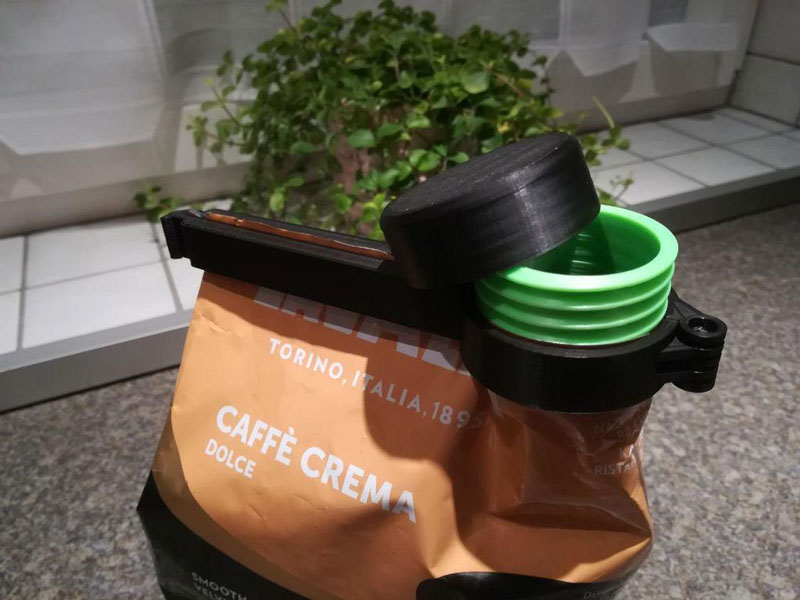
PETG is a glycol-modified variant of Polyethylene Terephthalate (PET) commonly used to manufacture water bottles. It is a semi-rigid material with good force resistance. On the other hand, it has a slightly softer finish therefore it tends to wear out.
The material has excellent thermal properties, facilitating efficient cooling with minimal warping. There are several versions of this material including PETG, PETE, and PETT.
Print temperature: 220 – 250 °C
Print bed temperature: 50 – 75 °C
When to use it?
PETG is an ideal choice for functional objects which need to withstand sustained or sudden force, like mechanical components, printer parts, and protective elements.
TPE, TPU, TPC
Thermoplastic elastomers (TPE) are flexible materials, that are plastics mixed with rubbers. This makes them very elastic and durable. There are several types of TPE, such as Thermoplastic polyurethane (TPU) – the most commonly used – and Thermoplastic Copolyester (TPC).
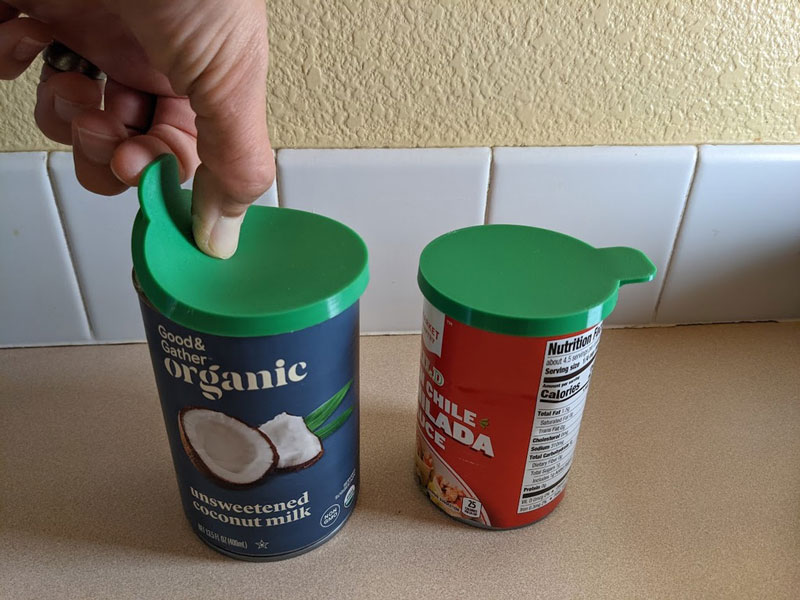
TPEs are soft, stretchable, and compressible, but printing is not necessarily easy with them. It can be difficult to extrude and requires a tight filament path and slow print speed. They are prone to blobs and stringing.
Print temperature: 210 – 230 °C
Print bed temperature: 30 – 60 °C (but not needed)
When to use it?
TPEs are a great choice for objects that have to withstand bends, stretches, or compresses. Common prints can be toys, phone cases, or anything that needs to perform in challenging environments, such as outdoors, or anywhere where it will be exposed to high heat.
Happy printing!✌️
Start printing with REALvision Online


